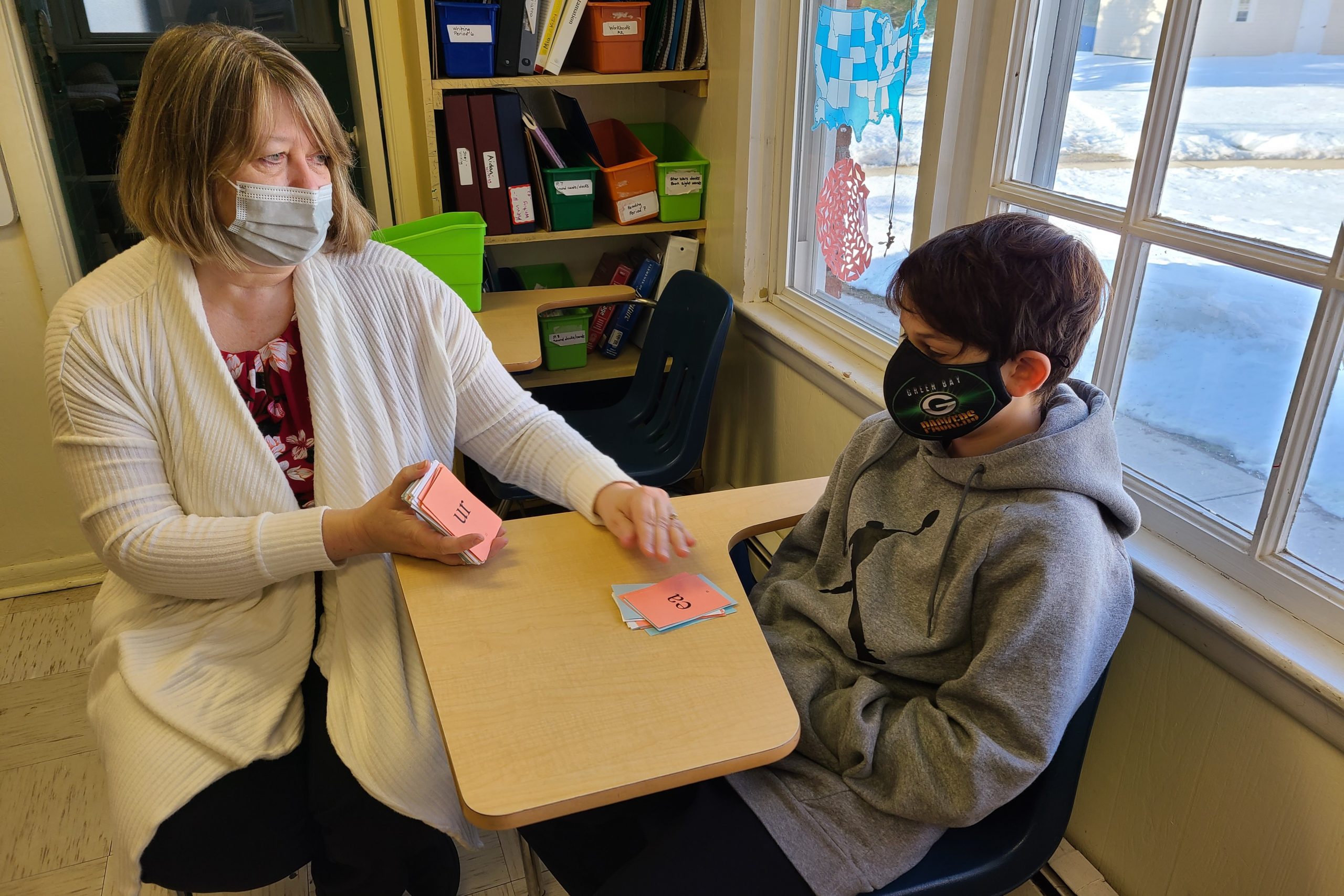Our last blog post discussed the benefits of using the Orton-Gillingham (OG) / Structured Literacy approach to teach reading and writing. The use of the OG approach can work wonders with even the most challenged students. This second blog post will address the guiding principles upon which the OG approach was founded. It is these principles, when applied correctly, that allows students to be the best readers and writers they can be. But what are these principles, and how do they apply to our teaching at The Bridge Academy?
In order to answer these questions, it is important to look at the guiding principles of the OG approach. As quoted on the AOGPE website, “The Orton-Gillingham Approach has been rightfully described as language-based, multisensory, structured, sequential, cumulative, cognitive, and flexible…… The basic purpose of everything that is done in the Orton-Gillingham Approach, from recognizing words to composing a poem, is assisting the student to become a competent reader, writer, and independent learner.” Other terms used to describe OG are: cognitive, phonics based, emotionally sound, direct, systematic, and personalized. (For even more information, please see www.AOGPE.com).
If you are a student, or the parent of a student considering OG intervention for your child you might want to know what this means and how teaching with the use of the above principles looks in the classroom. Below is an “open letter to a potential student” that attempts to explain.
Dear Potential Student,
We are writing this letter because we have heard you may be receiving help from a teacher trained in the Orton-Gillingham approach, and you may wonder what those words mean. First, congratulations! If you are going to receive this help from someone certified in Orton-Gillingham, you will be receiving help from one of the BEST equipped literacy teachers in the world, and a lot of the lessons they offer will even include some FUN!
First of all, the OG approach offers multisensory lessons, and these are going to be so good for you! Multisensory lessons are not only going to keep you interested, they make it easier to for you to learn. Instead of just sitting at a desk and listening (though you will need to do that some of the time), you will be moving your body, looking at pictures, reading aloud, and even more. Here are some of the fun multisensory experiences you might have at The Bridge Academy:
Learning while having a game of catch and calling out letter sounds; using a sand tray or shaving cream to practice spelling; playing a fast paced vocabulary game that incorporates movement; sounding out words aloud while writing them with sidewalk chalk.
You will also be a partner in your education thanks to direct, personalized instruction. That’s right-you are no longer going to be a passive recipient in the learning process. You as the learner will be told by the teacher what is to be learned, why it is to be learned, and how it is to be learned. You will have a chance to ask questions, and we hope you do! You will also know what you need to do to get to the next level. No mysteries, no tricks. Furthermore, since all students learn differently, it is the teacher’s job to help you figure out your strengths and challenges and to work with you to teach you how you learn best. Maybe you need shorter but faster-paced teaching. We can do that. Maybe you learn best through doing- how about creating a diorama to show what you know about the book we just read? Perhaps you read by ear and do best with audiobooks. That is OK! We will work with you and maybe even your parents to help deliver the information you need in the best format for you.
The lessons you receive will be structured and sequential. This might not sound as interesting as what we discussed above, but you will be grateful to have lessons created based on these ideas. You see, at The Bridge Academy, and especially in the tutoring sessions there, you can be pretty sure that your teacher will follow a predictable format when presenting information. Wait a second, that could get boring, right? Not so. By keeping things structured and sequential, or by presenting the subjects in a similar order each time we see you, you and your brain can relax a little bit since you know what’s coming. Not only that, but this framework will make it easier to take in the new information and not worry about other details. And, not to worry, we Bridge teachers like to include lots of games and multisensory activities to keep you interested and learning.
Signed,
The Bridge Academy Teachers

